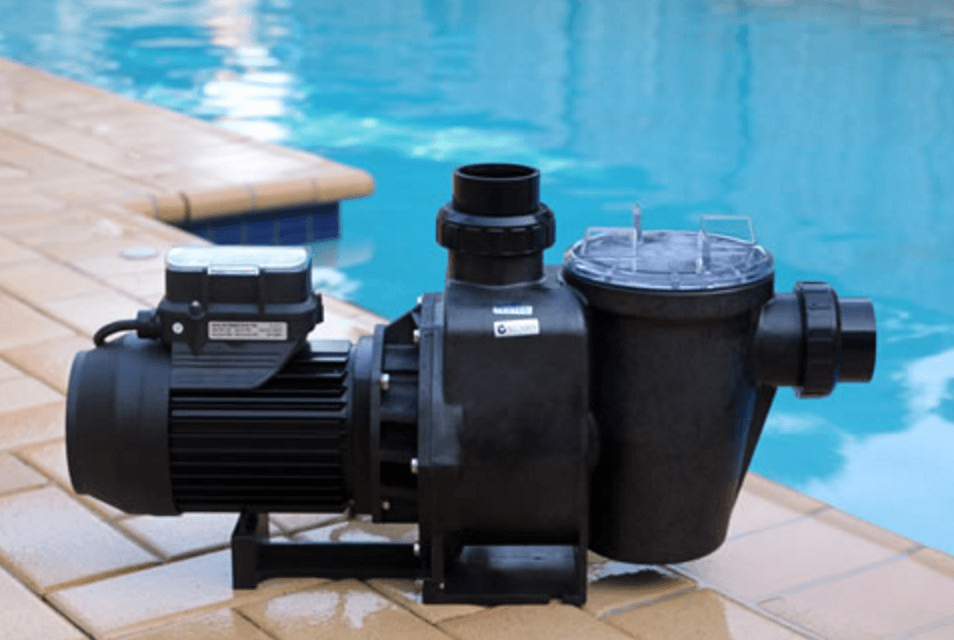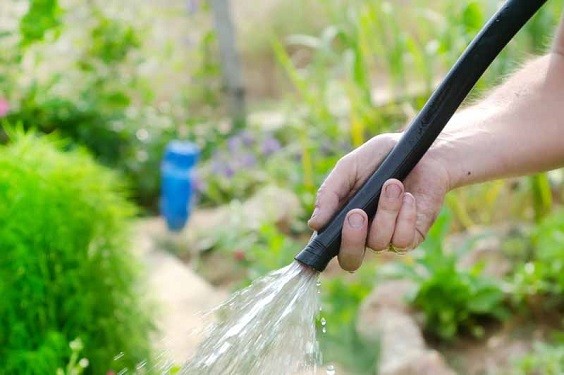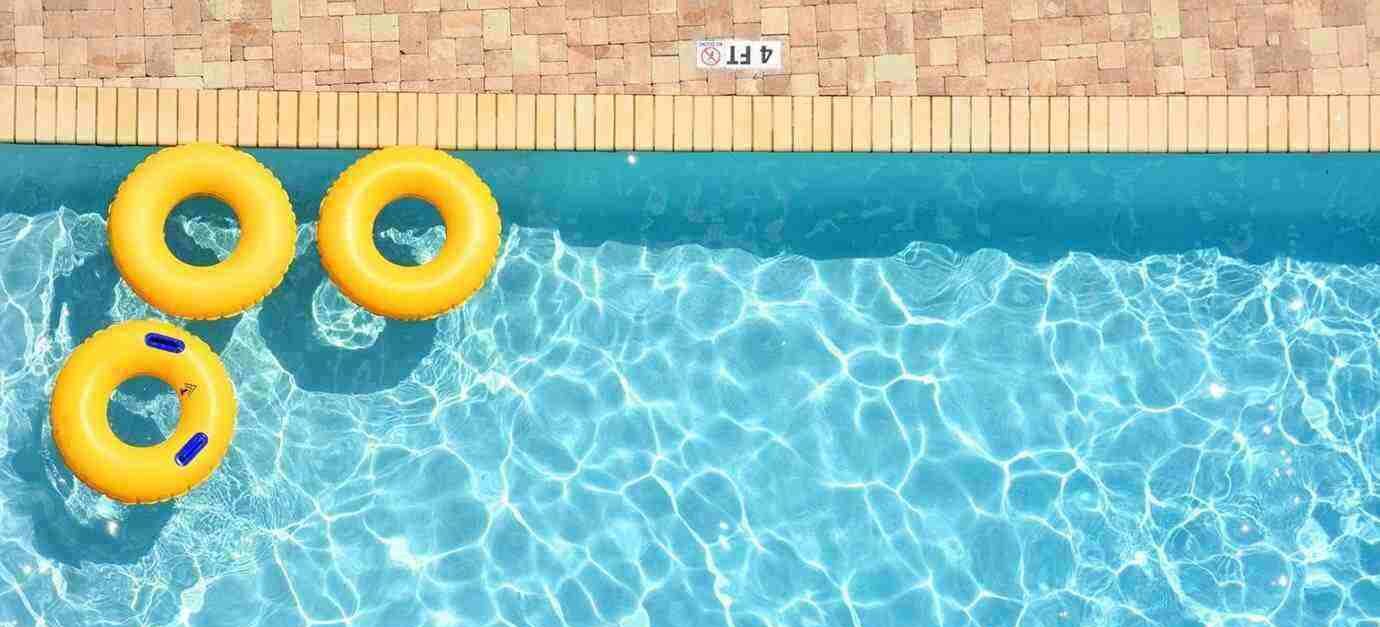Table of Contents
A pool is that area that demands a lot of care in letting it run without any hindrances. Sometimes we think that water balancing, adding sanitizer, or cleaning the filter sums up the entire process of its upkeep. Costly tools, like the pump, need to be checked regularly to avert any damage.
The priming of your pool pump is a crucial step towards maintaining your pool in order to keep it clean. The procedure involves extracting air out of the pool pump to allow water to replace it. This allows the water to circulate properly without any air-filled in it and lets you enjoy your pool time.
You can deem the pump as “loose prime” when excess air finds its way into the pipes for the pool. A wrecked pool pump can not only cost you precious time and money but will also keep you from using your pool.
But that’s not all you need to know. There is more to learning how and why it needs to be done.
Scroll down to get a deeper insight into priming a pool pump.
Why Is Priming a Pool Pump Necessary?
 The process involves getting rid of any air in the pump to make space for water to take that space. A pump that has no air and only water is the one that is fit for usage.
The process involves getting rid of any air in the pump to make space for water to take that space. A pump that has no air and only water is the one that is fit for usage.
Usually, any pool apparatus is not built to resist getting wet. That is because mostly all the pool tools are meant to function by staying close to water.
However, the pool pump functions differently. It runs properly only if it has water inside it. It is one such pool equipment that can break down if not filled with water.
What Are the Consequences of a Pool Pump Running Dry?
The pool pump is the center of the entire pool system that lets it function smoothly. It needs water to function and prevent damage. Even a while without water builds up the friction within the pump and raises the temperature causing it to heat. This high temperature, in turn, melts the seal.
Furthermore, if it runs longer in the absence of water, the pump burns out due to high temperatures. This, in turn, impairs the PVC pipes attached, along with other parts of the pool equipment.
The pump will not be able to combat this high temperature and will fail down. The repairing of such damage could also be unlikely.
The expense you might run into to repair or replace the pump depends on the brand and the type of pump. This could result in huge expenses. What pinches us more is not the loss we incur but the fact that such damage could have been easily averted.
All of this harm can be easily averted by following simple steps on how to prime a pool.
How to Prime a Pool Pump?
It is an uncomplicated and easy process that one can carry-on on his own. But, you can’t really undermine its importance.
Priming is normally required when your pool remains unused for a month or two.
Step 1: Switching off power to the pool pump.
This is the first and foremost step to kickstart the process and is a vital step. The circuit breaker switch needs to be flipped to switch it off to cut-off any electric flow to the pump. This will ensure that the pool pump or any of its parts will not operate while you are working on it.
A pump that functions without circulation or water can impair the pump. You can run into a heavy loss by doing so. The best way to avoid damage is to switch off the power breaker connected to the pool. This will cut off any power from the pool. You can then easily go about carrying the process without fearing any loss.
Step 2: Shift the Multiport Valve of your pool pump to recirculate the setting.
After you restrict all power to the pool by turning it off, you can start working. Then, you have to turn the multiport-valve on your pool pump to circulate to start it.
This setting ensures that the water will only move through the multiport valve and will not reach the filter system of the pool. This arrangement renders safety that you can carry working on your pump without letting the water go into places that can cause damage.
 Step 3: Prime your pool pump by pouring water into it.
Step 3: Prime your pool pump by pouring water into it.
It is an ideal time to start priming once you shift your valve settings to circulate. You can do this by detaching the lid from the pool pump. If you are unaware of this step, then you can peruse the instructions manual to learn to do the same. Perform this step with caution to avoid damage.
After removing the lid, you can proceed further. Moving on, pick a garden hose to fill water into the basket on the pump. Normally you can also notice marked water lines in the basket. However, it is often reckoned to continue filling the water for 2 minutes to ensure that water goes deep into the pipes.
Fill it with more water if there is any sign of drainage.
Step 4: Switch back on the filter system.
Cover the pump back with the lid once you fill it with water. Make sure to cover it properly, as the suction could push it back when you switch on the pump. If everything seems in check, then you can turn back your filter system on.
Initially, you could witness it gurgling a little. Now, if the water starts moving into the actual housing of the pump from the basket, this means the earlier steps were done right.
Be careful to check for any air bubbles in the system. If so, then the strength of the suction will not be as powerful as it is supposed to be.
You need to do this step right because we want to prime the pool the right way. This step will ensure that.
Troubleshooting while Priming Your Pump
If your pump has remained dry for too long, then a single attempt might not be successful. Sometimes, even repeated efforts won’t prime the pump.
Here are some hacks that could experiment with while facing trouble.
Fill the pump with more water.
Sometimes the water is not sufficient enough to fuel the suction. You need to add more water to get the process going.
Additionally, it is important to switch off the pump before adding water. Moreover, do not remove the lid while the pump is in function, as this will not create adequate suction. Even with the lid taken off, the water could splurge out from the pump.

Spot any leaks to ensure the process runs smoothly.
Sometimes, even after repeated efforts, we don’t achieve the outcome. You need to look for any possible cracking or leaking. It might be a sign that you need to replace the pump.
Seek professional help if you fail to spot the problem
The best of everything is to seek professional help if you fail to find a solution. More specifically, if there is an issue of wiring or motor.
Enjoy Your Pool Time!
The above steps, if done correctly, will ensure that you primed your pool pump successfully. Repeat the steps if needed. However, if you comprehend the steps needed, you will be able to take a dive into your clean pool within a matter of a few minutes.
Happy Priming!
